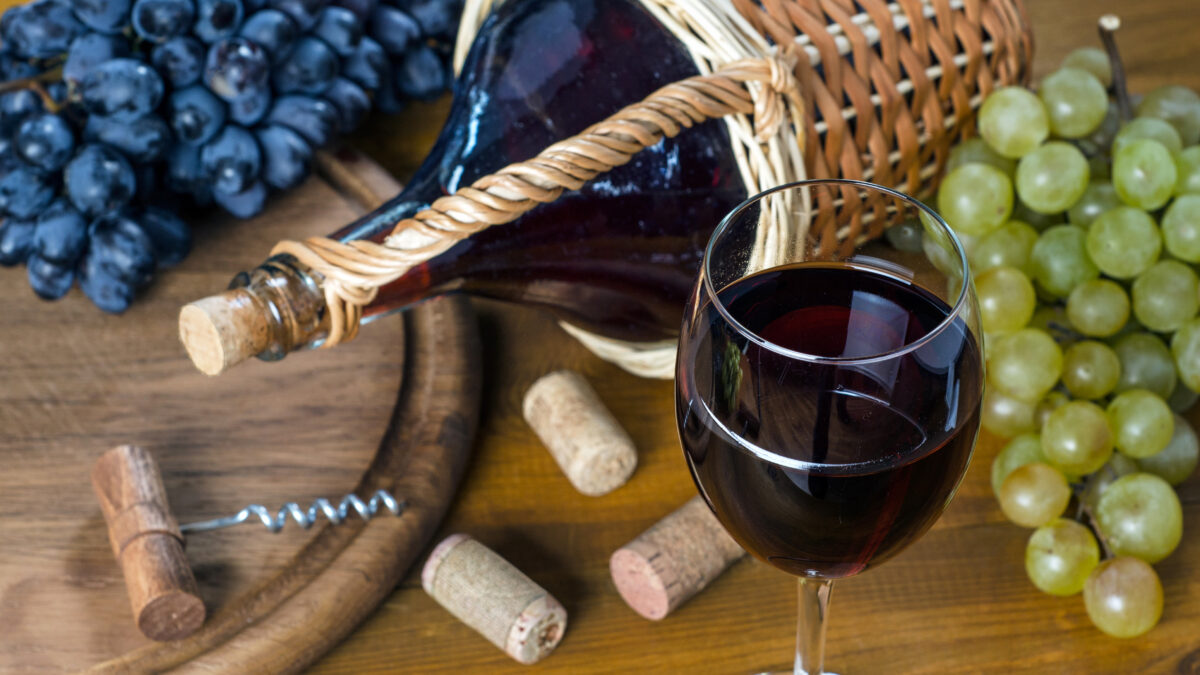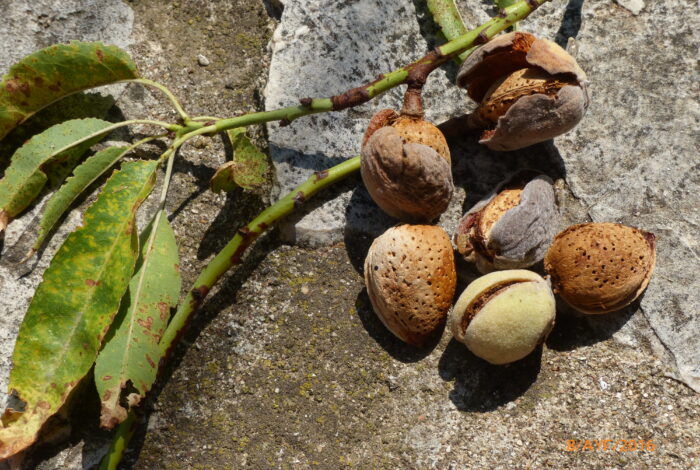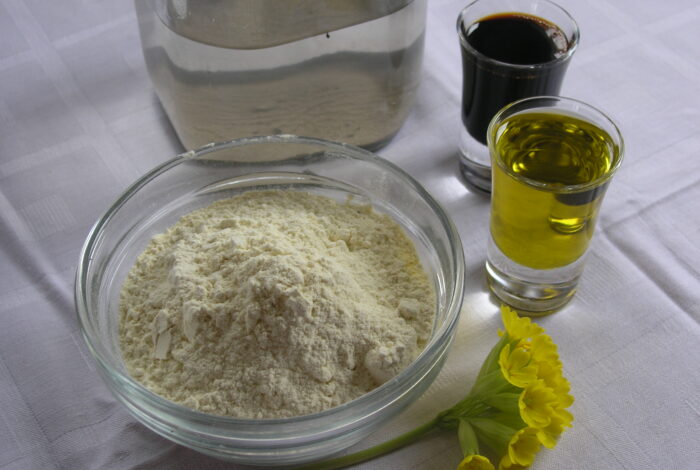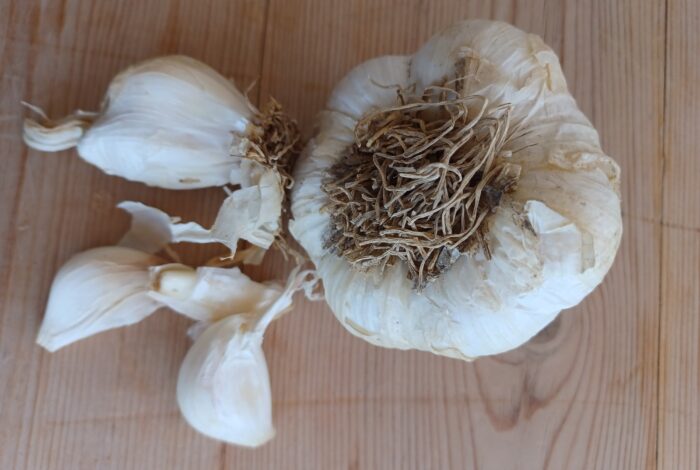The significance of wine in monastic life is easily understood, as the words ‘wine’ and ‘vine’ are frequently used in religious parables and mentioned often in the Holy Scriptures.
Wine plays an important and multifaceted role in the monastic diet, from a theological, dietary and social perspective.
More specifically, ‘nama’ or ‘anama’, as it is known, symbolises the blood and sacrifice of Christ and is thus an integral part of the Eucharist. Sweet and red, it is usually made from choice black grapes, according to a special method. Wine is used in various rites of the Orthodox Church, such as marriage, further enhancing its spiritual nature.
In fact, wine has been a staple of the Mediterranean diet since antiquity. The Athonite and wider monastic diet has much in common with the Mediterranean diet, albeit with a number of divergences. Athonite monks are typically pescetarian and eat fasting food without olive oil anywhere from 150 to 180 days a year. When they break their fast, they usually eat fish, dairy and eggs.
Monks view wine as a divine gift, one that should be consumed with reverence and moderation. For this reason, they drink it on non-fasting days as well as with festive meals. The same restriction applies to visitors to the monasteries.
However, at the monasteries of Mount Athos, wine is consumed according to a specific ritual that the monks observe to this day. They sit at the table and the abbot strikes a small bell, signalling the start of the meal and blessing the food and drink. Shortly afterwards, a second such aural cue signifies that the monks and their guests may begin drinking. The bell strikes a third time to signify the end of the meal. Meals at the monasteries last between 20 minutes and half an hour, so as not to pose a food- and wine-fuelled distraction for the monks.
The cultivation and consumption of wine have always occupied a prominent place in monastic life. Monastic wine production has preserved its traditional methods through the centuries. In fact, in recent years, many monasteries have made significant improvements to the quality of their wines, producing enviable and highly coveted vintages.
Wine is creation, and as the Psalm of David says, “wine […] gladdens the heart of man.” No wonder, then, that wine has its own patron saint in the Greek Orthodox Church: Agios Tryphonas, patron of vintners, whose feast day is celebrated on 1 February, at the start of pruning season, the most important season for winemaking.










